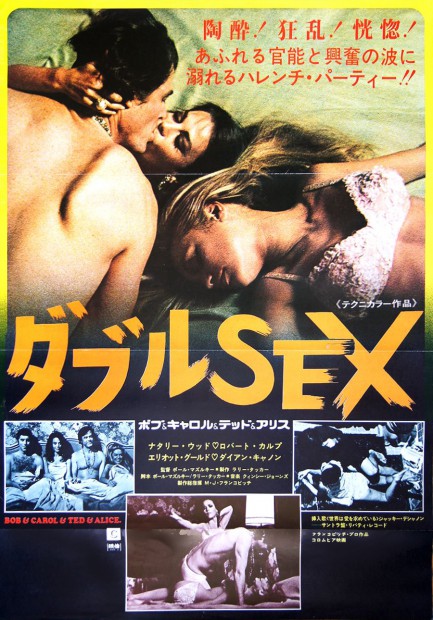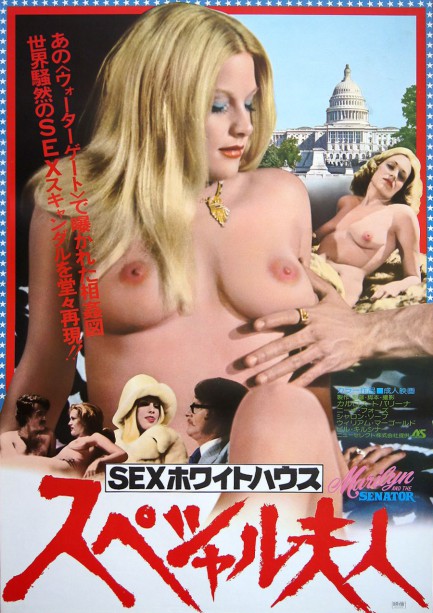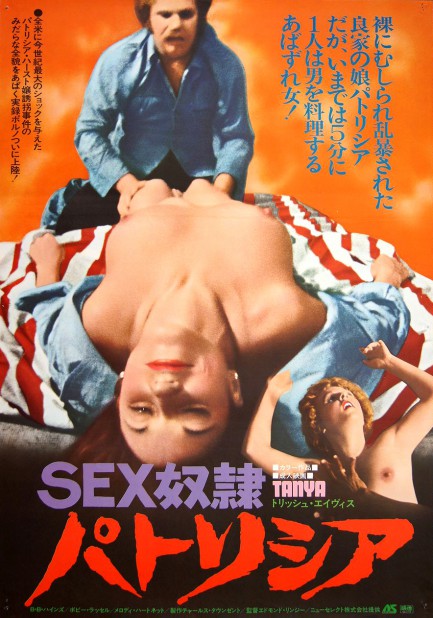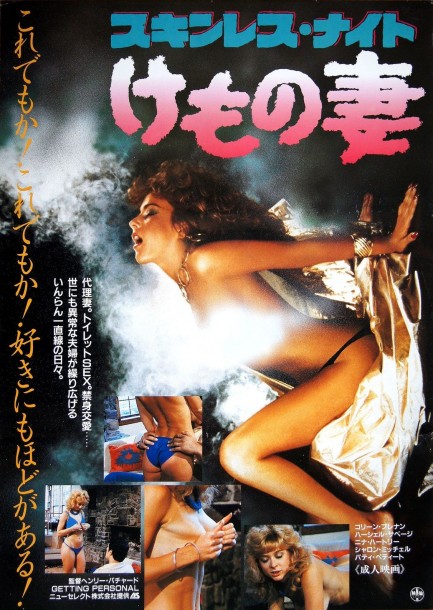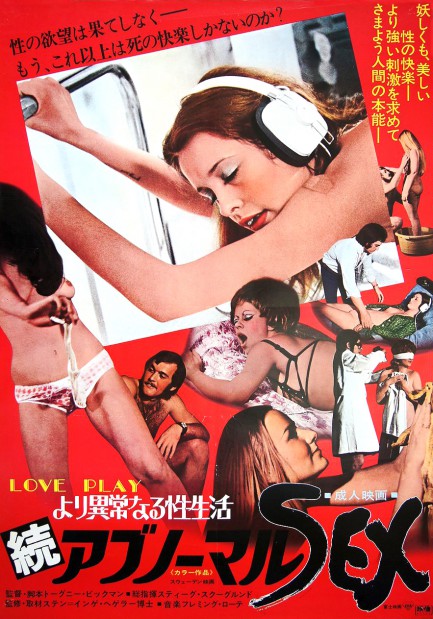| Modern Pulp | Sex Files | Apr 23 2015 |

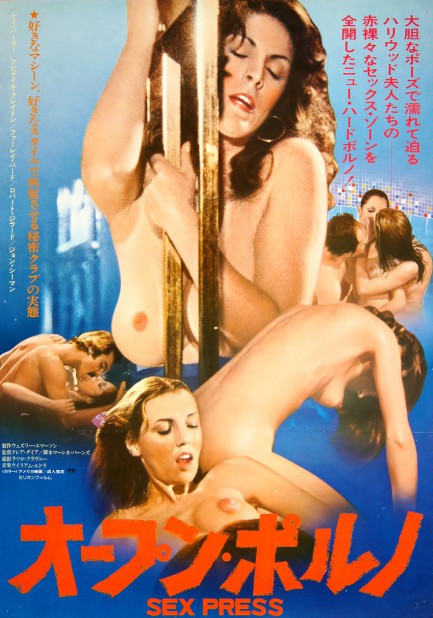
Remember our last group of Japanese posters containing the English word “sex”? No? Go directly there. Now that you’re back, today we have another set of posters with sex in the text (you have to look closely at some of them, but it’s there). One Japanese word for sex is セックス, and the phonetic transvocalization of the English is “sekkusu,” but their poster artists often seem to prefer plain old sex. Why? Well, why do Americans use the French word “chauffeur” instead of saying, “that underpaid guy who drives my car”? Because it's cooler, that’s why.
Most of these posters are for American x-rated films, but panel two, just below, is for the Natalie Wood movie Bob and Carol and Ted and Alice, which definitely isn’t x-rated. But it should have been. Because Natalie Wood. And, um, wood. On the other posters you get Kay Parker, Nina Fause, Maria Arnold, Jennifer Welles, Constance Money, an unknown, and Inge Hegeler. And if you want to know the titles, those are all on the posters in English too (though sometimes wrong, as in Expose Me Lovely which turns into Exporse Me Lovely), but it’s probably easier to just look at the bottom of the post, where we’ve listed them in order.